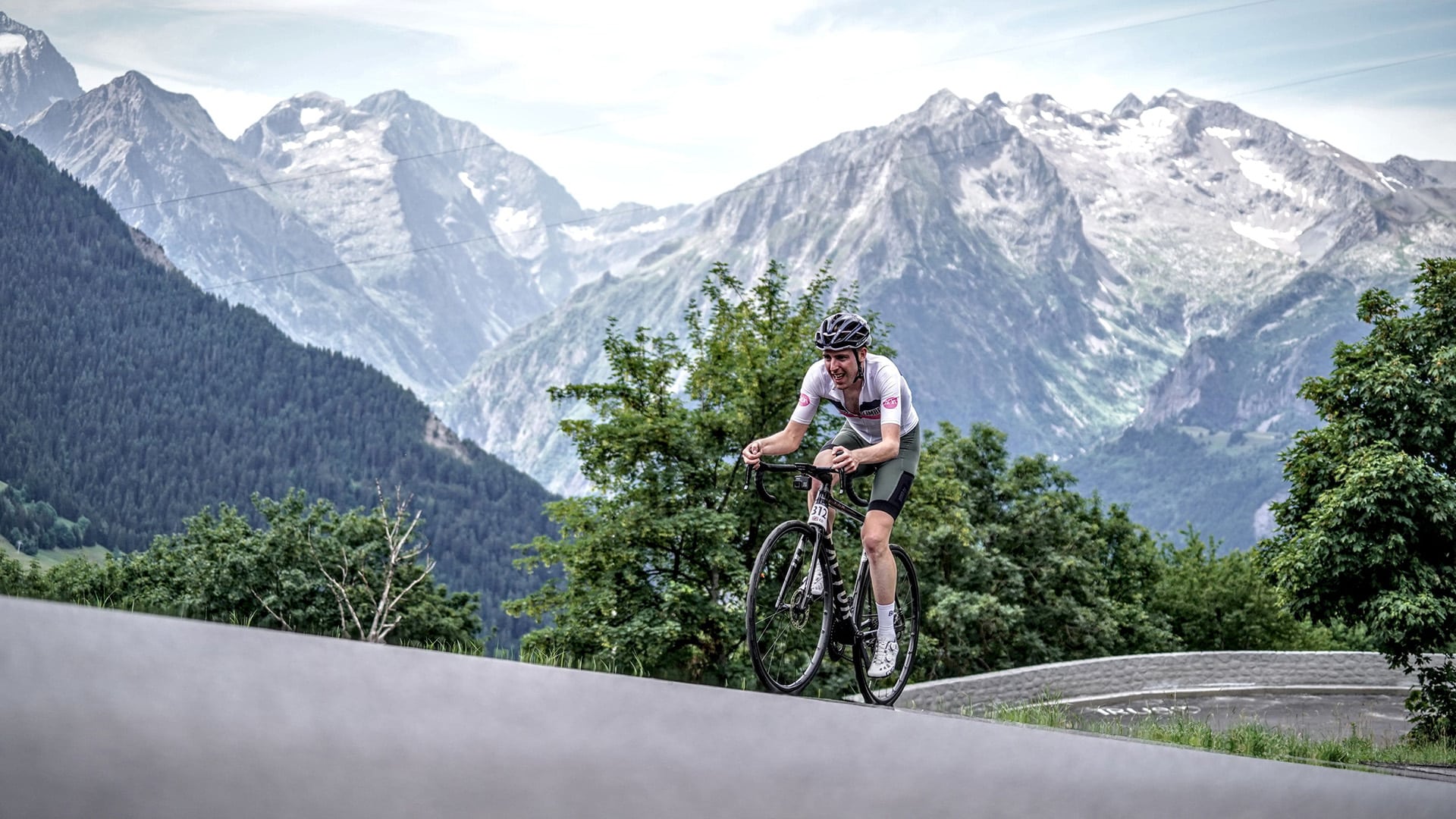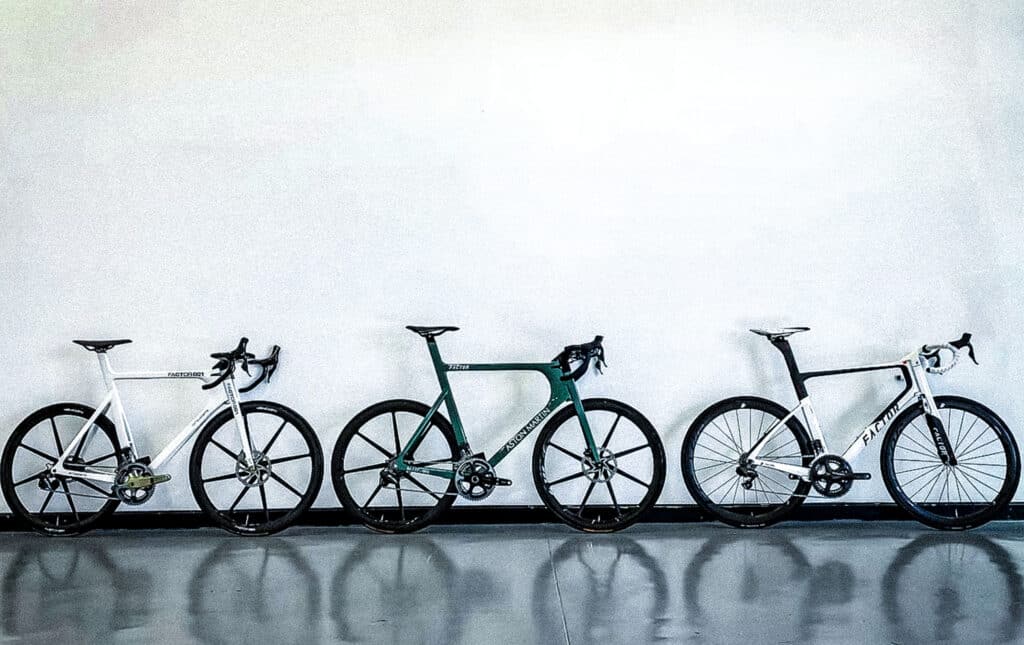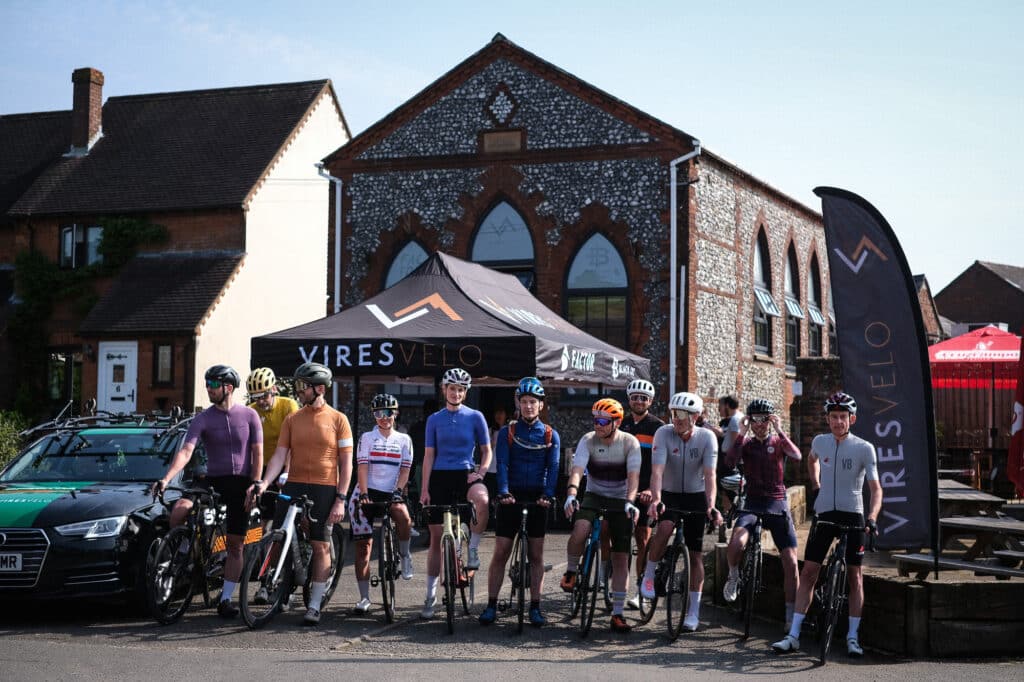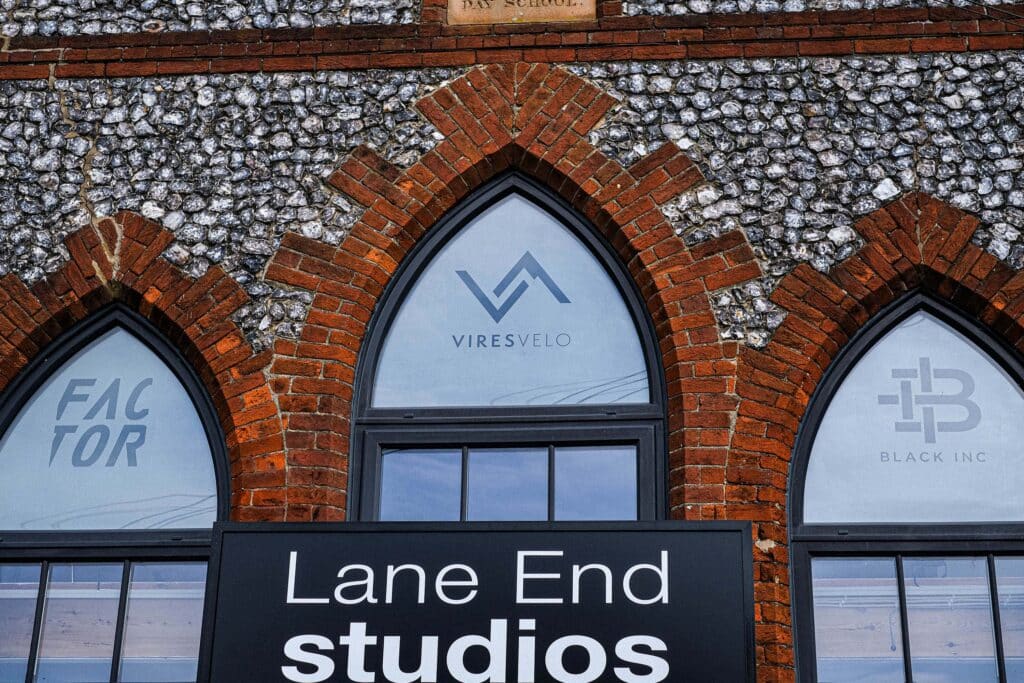How to smash your next cycling event in the Alps
Vires Velo rider Ed Laverack shares his tips on how to prepare for and ride a bucket-list event in the mountains
We caught up with the Welsh rider, Ed Laverack, fresh from his return from a week in the Alps where he was taking part in the Haute Route Alpe d’Huez event. From how to prepare for the brutally tough climbs to getting you and the bike there in one piece, Ed shares his best tips to help you conquer the mountains at your next event.
Haute Route is an event series which takes place in iconic cycling destinations around the world. You can challenge yourself on a 3, 5 or 7-day event and ride legendary climbs alongside a group of like-minded cyclists. Ed took part in the Haute Route Alpe d’Huez series which included a 3-day challenge riding the iconic Alpe d’Huez climbs in France, culminating in an individual TT against the clock.
Words by Ed Laverack
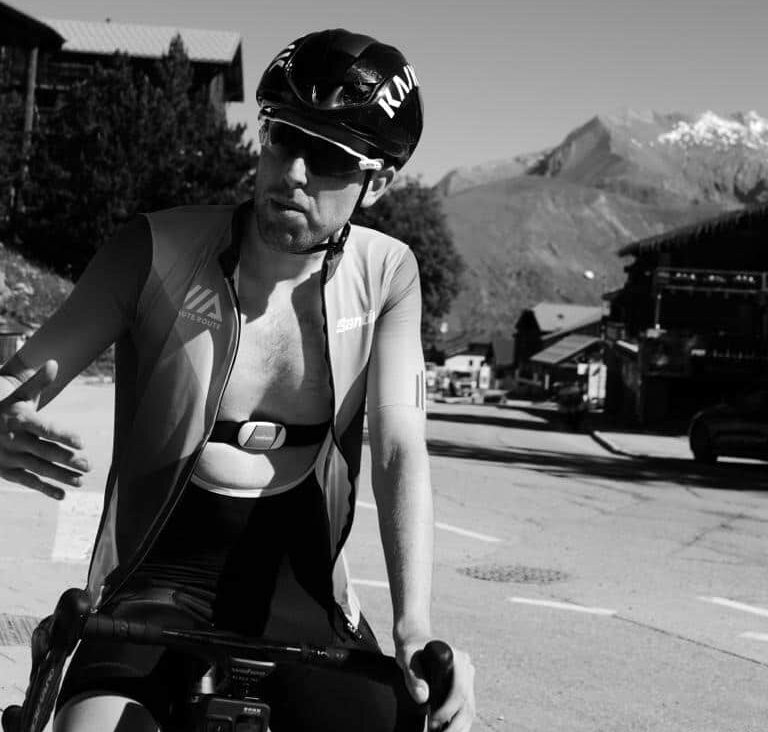
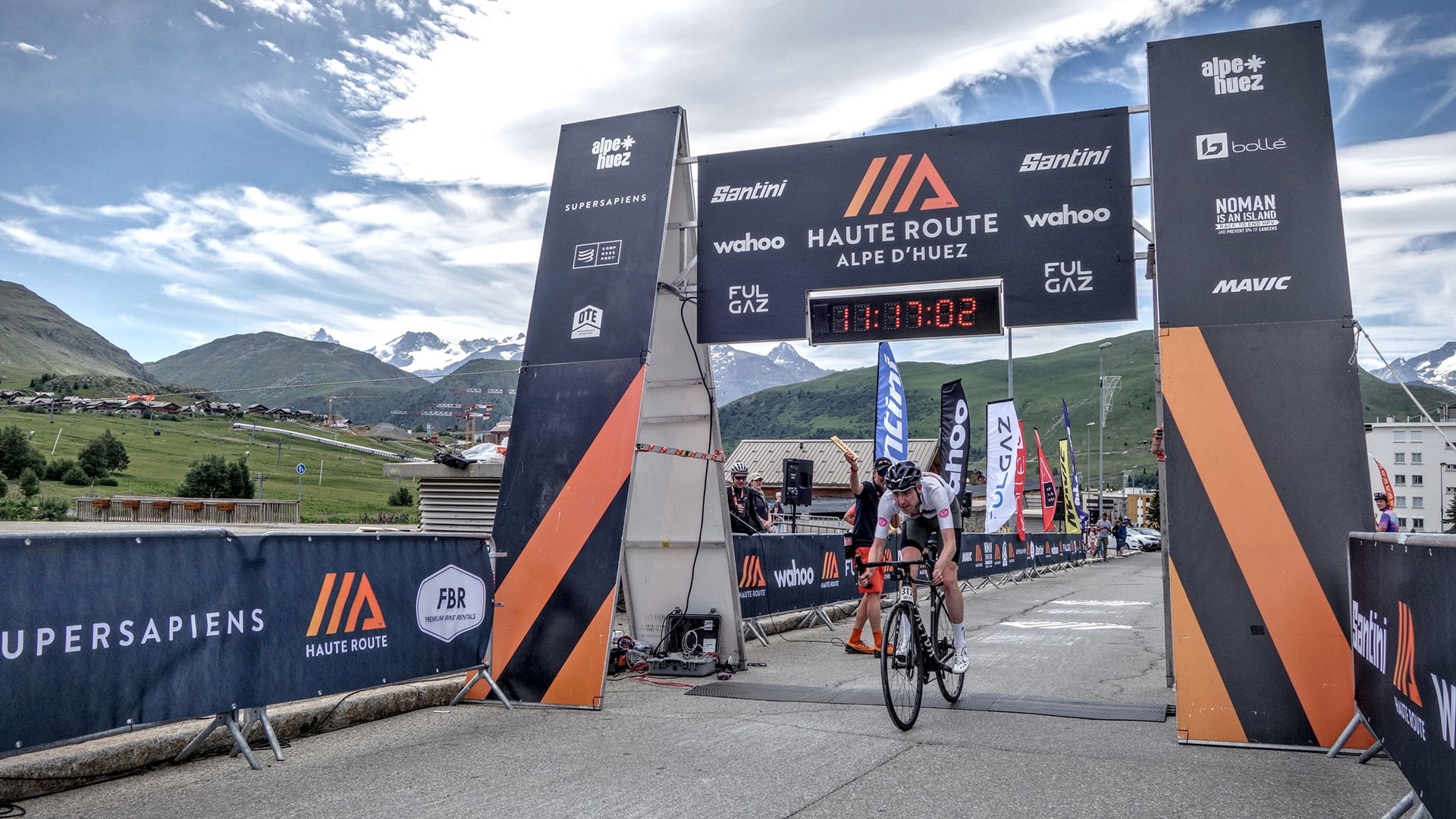
How to train for an event in the alps
There are some serious things to consider like altitude and heat but these are out of most people’s control.
There are some practical techniques that you need to be careful with implementing into your weekly routine. For example, 1 or 2 short sessions on the indoor trainer with no fan or if you live somewhere cool then some layers on your torso. I wouldn’t use these sessions for intervals, you are far better off just spinning lightly in Zones 1 and 2 for 30-60min, perhaps in the morning before work. Remember to hydrate appropriately during and after.
The altitude can only really be addressed if you have access to a chamber to attempt some sessions in, a luxury we don’t all have. If that’s not possible, try to arrive at your event as early as possible to get used to the difference in altitude.
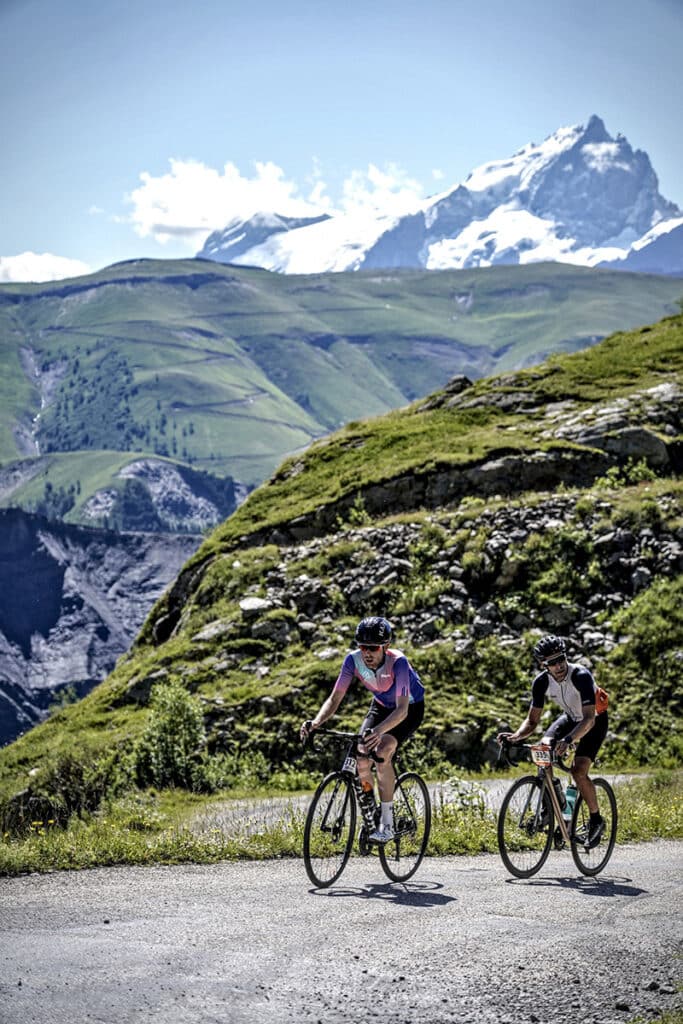
The main things to focus on in your preparation for these events include:
- The length of time the stage will take you – Include long endurance rides where possible, one of the best ways to prepare your aerobic engine.
- How you descend – The tricky one. It’s all in the technique and practice. You’ll either want to include more descents into your rides, usually when you are out for your long rides but please be aware that when you get fatigued your reaction time can slow, that’s why it’s important to fuel well. If you lack descents, you can do what I did as a junior rider and race crits which force you to corner outside of your comfort zone…or head to a car park early in the morning when it’s quiet and practice clipping curbs..not literally!
- How you fuel – This can be addressed during longer rides or your ‘mock’ event. Carbohydrates are your friend and lots of them. If you are working close to threshold power or heart rate for a long time (climbs) and only have descents to eat then you need to be comfortable fueling when riding uphill. These 4hr stages will require a fair bit of carbohydrate consumption, 80-100g per hour if you can manage it!
- Your resilience to work at a moderately hard pace for a long time – Include sustained tempo or threshold efforts early on in sessions, work your way up to be able to tolerate more. The trick is not to have a large threshold power, but to be able to hold it and work at it for longer.
It’ll really pay off if you can get a few mock rides in during your build-up so you can practice descending technique, fuelling for multiple hours and working on your ability to ride for at least an hour at a time at a moderate pace to replicate the long climbs.
There are certain areas in the UK that mimic the European mountains quite well. Exmoor is my favourite example and you can plan a short 3-day trip there and be climbing all day with most climbs being 5-8km at 5%. If you don’t want to travel then being creative with what you have helps. Extend shorter climbs by riding on a flat road for the first half of your interval before the climb, or, if you don’t have climbs at all you can exploit some 60rpm tempo blocks into your long rides to replicate the fatigue and demands of long punishing gradients.
What to expect from an event like Haute Route
In my experience, class organisation both on and off the road. That goes for the marshals, the feed stop staff and the convoy of support vehicles. The opportunity to experience what pro cyclists face when they race on these same roads but with a bit of a laid-back approach and no yellow jersey on the line!
What struck me most is the inspirational stories from people that have come back from serious illness and injury to complete these events. There is a real mix of riders and everyone has their own goals, targets and reasons why they are riding.
I learnt that the event is as competitive as you want it to be and the experience is there for you to create. So, whether you are pursuing the best time or riding around for the scenery you won’t be disappointed either way. There is a reason the world’s biggest cycling race visits these storied mountains and the best way to experience it is for yourself.
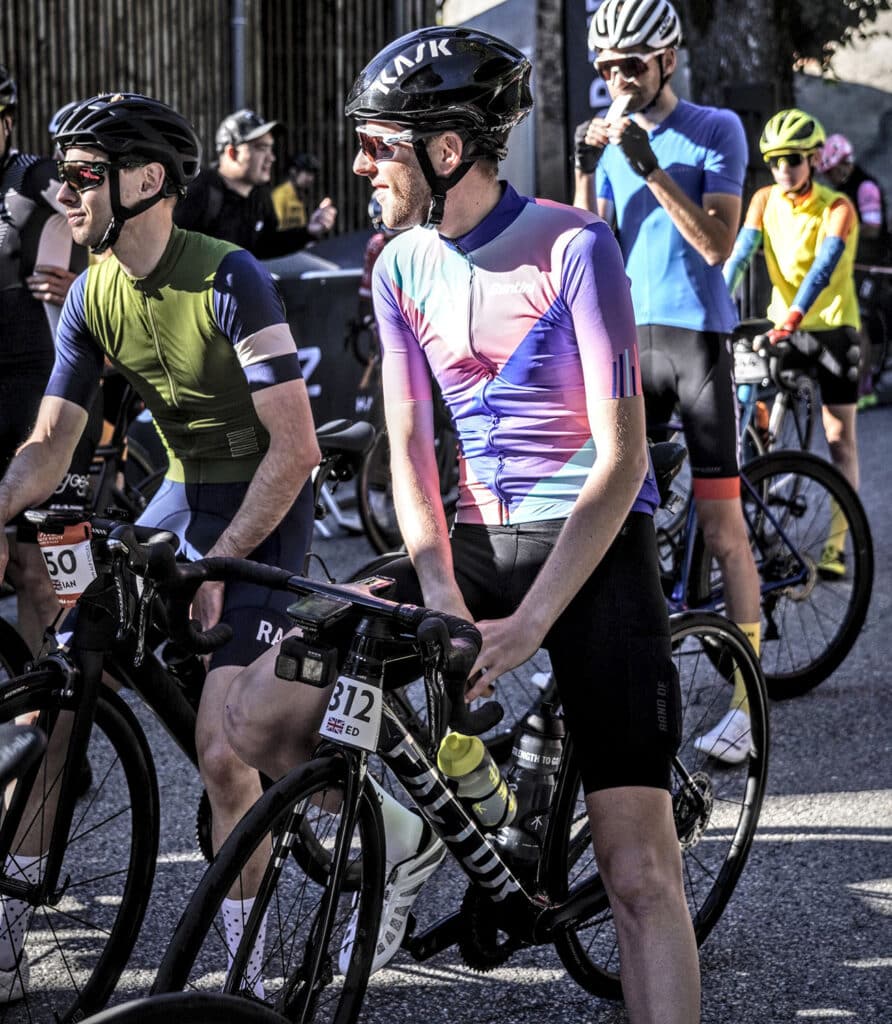
What should be considered before you get there?
Your equipment selection is very important, particularly the overall weight and your gear choice. Get your equipment set up and dialled in well ahead of the event so there are no surprises on the day. Have a bit of practice setting your bike up at home so that when you arrive at the hotel with your bike in a box, you can confidently get it ready to ride.
If you are looking to set your best time at the event then knowing how to use your energy wisely through the stage is crucial, so do your homework on the course and plan your strategy.
The format of these events means that you aren’t always racing, there’s often timed segments. These can be 8km up a single climb or the final 45km of the stage taking in 2 summits and a tricky descent. Whichever is the case then it’s best to have a plan of attack; for the 45km segment you’ll have to know where you are going to feed, maybe you need a toilet stop, maybe you aren’t as confident going downhill so need to invest more and leave your compatriots on the climb. It actually is quite a fun way of racing because there is never really a right or wrong.
Make sure you are comfortable on your bike as you’ll soon be found out in the Alps if something isn’t right. If you have been putting that bike fit off (as we do!) then get it done well in advance of the event. This will give you time for your body to get used to any changes made during your bike fit and make sure you’re firing come event day.
When I had my bike fit we discovered that a 20mm longer stem might give me a more comfortable position. Sometimes it’s not just the balance of comfort and speed but the agility the position gives you on the descents. Being well balanced on the bike is key to feeling confident going downhill and also means saving energy from being too tense when you know you might have 30min of technical downhill. That energy can be well spent going uphill later in the day, and being set up optimally means you’ll fight off any niggles that appear in the back, neck and shoulders when your form starts to slip.
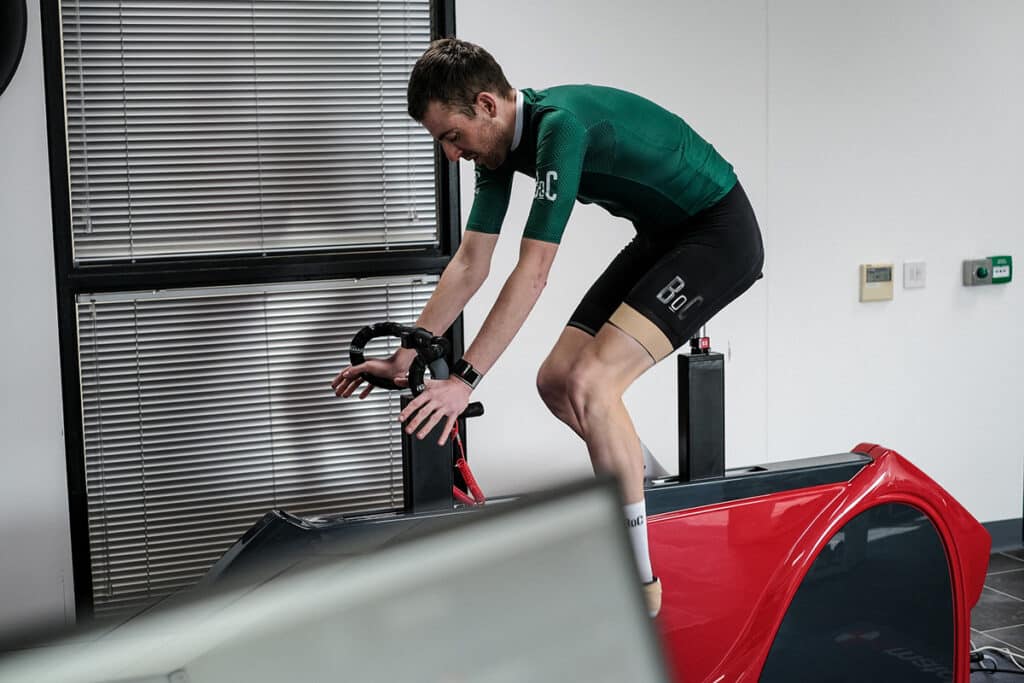
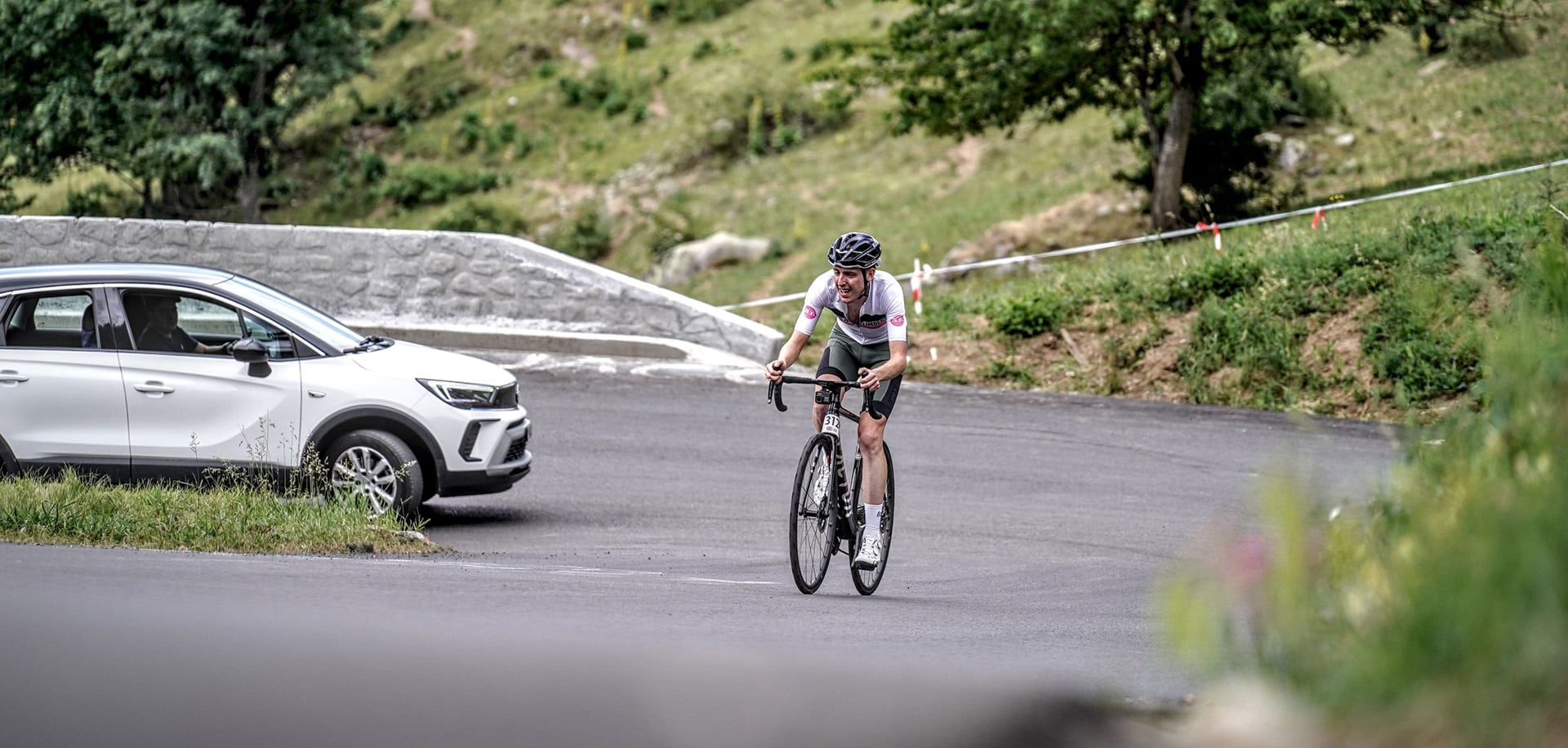
Tips for travelling
My biggest tip if you are flying is to have at least one rides worth of kit and your shoes in your hand luggage. This way, if your bike arrives without your suitcase you can still ride as long as you borrow a helmet from someone. I’ve seen this happen many times to unfortunate riders!
We opted to drive down the awesome French motorways for 15hrs. If a road trip is what you are after you wouldn’t be disappointed.
How did you get there and where did you stay?
Alpe d’Huez isn’t far away from Lyon or Geneva airports but if you hire a car you get the added comfort of being able to drive to and explore more of the surrounding area. We stayed in a large chalet on bend 0 of the Alpe at 1,900m and woke up to views of the mountain ridges opposite and a 15-minute descent every morning. Many people stay in Bourg at the bottom because they don’t want the 13km climb home every ride, but as I said, you are rewarded every morning with that view and descent.
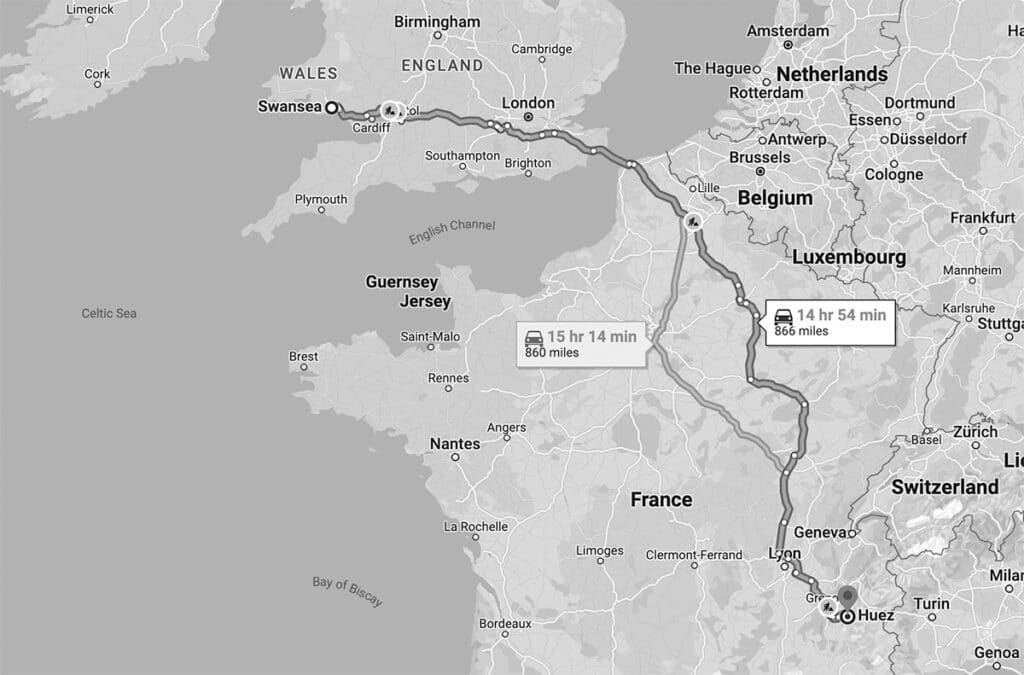
Ed's Factor O2 VAM
I touched upon it earlier but the overall weight is crucial at these events, not just because it helps you on one-off efforts, but the benefit will compound over multiple days of riding. I’m talking about comfort being as important as speed. Having complete faith in your bike and components and making sure it’s reliable and in good working condition can make a big difference.
Disc brakes on long mountain descents and learning how to use them more effectively can save you a ton of energy and make for a more enjoyable ride. A great example is being able to spend more time braking from the hoods rather than the drops because the modulation is that good.
I love the way my Factor O2 VAM feels especially on descents, it’s very sharp and gives me tons of confidence on hairpins to turn in quickly. Of course, a wheelset like the Black Inc TWENTY and tyre combination makes a huge difference too.
A top tip that you’ll be amazed by when you perfect it is how much of a difference you can make by adjusting your tyre pressures, more is not always better. I was running around 70psi in the front and 75-80 in the back. A little more than I tend to run on the harsh Welsh roads!
SHOP O2 VAM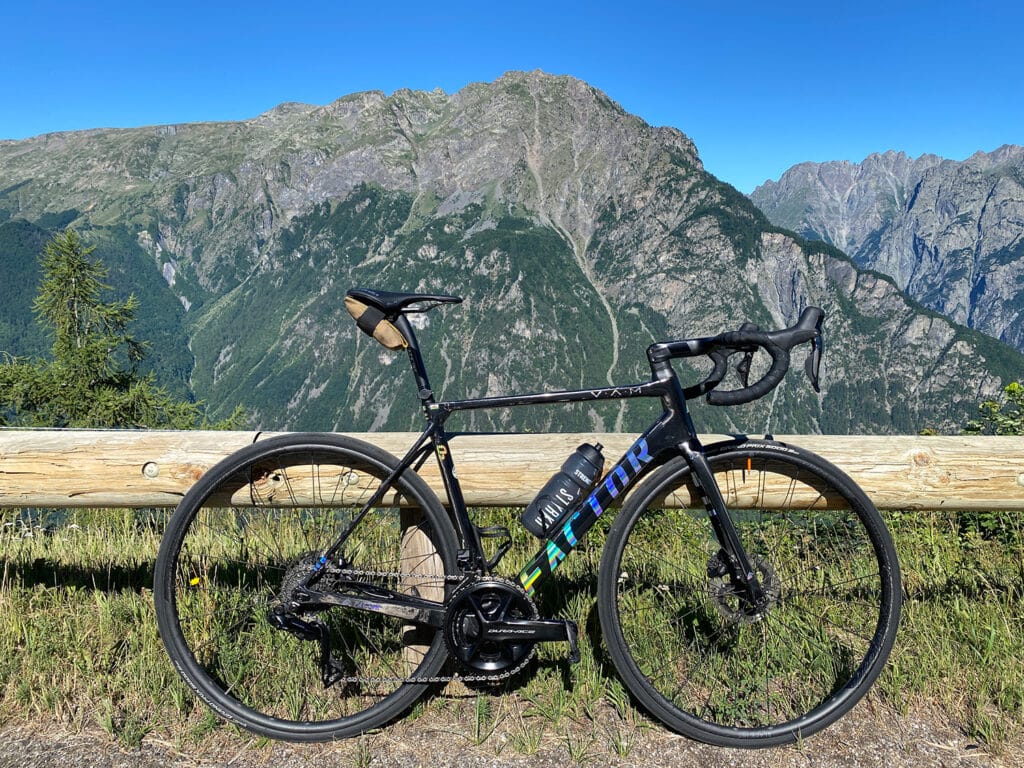
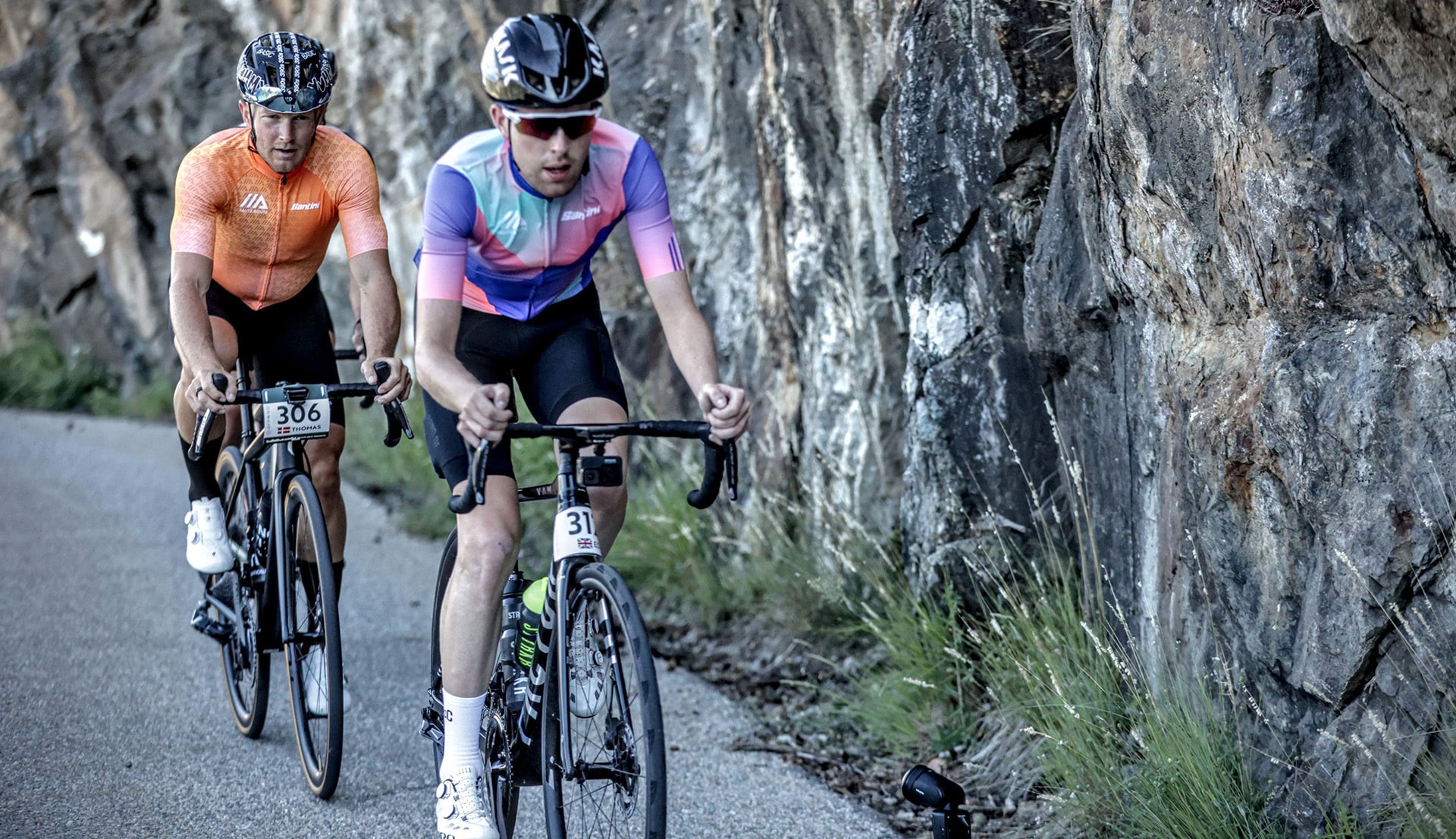
Best moments from the trip
My proudest moment was winning the final stage of the Haute Route Alpe d’Huez with the time trial up the famous mountain. My time of 44 minutes was well surpassed by Tour de France riders a few weeks later (39min!!) but just having the road to yourself to set your best time was once in a lifetime experience.
I had great fun making the videos from the trip including scheming around the dinner table the night before Stage 2 where we decided to attack the race from the very start, although the views that day made up for the pain I put myself through! It’s always a highlight when you can share these moments with lovely people, great event organisation and flawless equipment!
Ed documented his entire trip on his YouTube channel. Click here to watch all the videos from his time in the Alps.
Ed has undertaken a bike fit and physiology assessments at our Experience Centre in Norfolk. Hit the button the below to see how we get help you achieve your performance goals.

